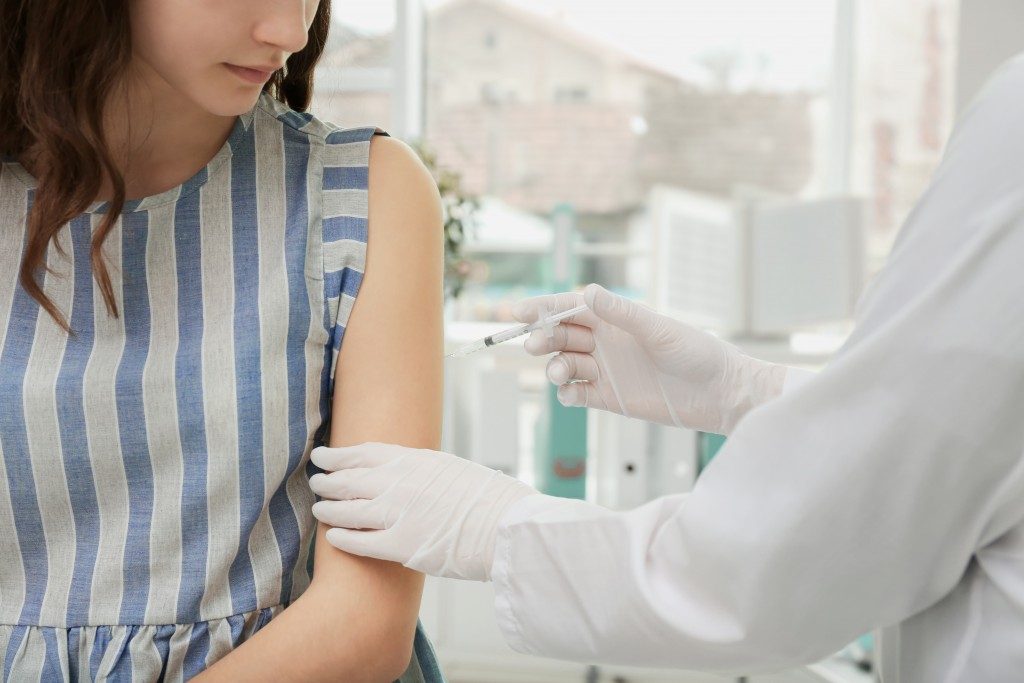Many studies highlight the benefits of vaccines and immunization. Parents can also bring their children conveniently to a family doctor in Pleasant View.
In spite of this, Utah has one of the lowest vaccination rates in the country. According to Wallet Hub, it places 49th for immunization among children and young adults. It fares better in the adult category. But even here, the Beaver State is only in the 25th place.
When you receive a vaccine, you protect yourself from a variety of preventable diseases. But that’s not all. You extend the same benefit to others. This is the principle of herd immunity.
What Is Herd Immunity?
Some people call this community immunity. The point remains the same: even those who do not have a vaccine can receive some protection from the disease. How does this happen? You have to understand the way these diseases work. Take, for example, flu.
Flu is a common condition caused by different viral strains. It is also highly contagious. If you have the illness, you can spread it by coughing or touching the surfaces. The flu virus can become active for 24 hours. That’s not a long time compared to, say, colds virus. This one can thrive indoors for seven days.
Just imagine, though, the number of people touching the same surface. Picture out schools with little children playing and sharing the same toys. Flu might be common, but it’s one of the dangerous diseases in the world. In the United States, as many as 61,000 die each year.
When you immunize your child with a flu vaccine, you strengthen its immunity against that specific virus strain. However, you also prevent the kid from being a virus carrier. In turn, you help reduce the number of children or even adults who contract the disease.
Herd immunity is especially beneficial for high-risk groups. These are individuals who are likely to develop complications from the disease:
-
Older adults
-
Children, particularly infants
-
People with weak or compromised immunity (e.g., those with HIV or cancer)
-
Those who are allergic to vaccines
The Need for More Vaccinated People

Just because some people receive immunization doesn’t mean they can already contribute to herd immunity. The experts assign a specific threshold (expressed in percentage) before the community can benefit from it. This percentage represents the number of people that should be vaccinated.
The threshold depends on some factors. These include the type of disease, its level of contagion, and the nature of the community. Take, for instance, measles and smallpox. Both are highly infectious and dangerous for children. Their threshold percentages, though, are different.
Measles has a much higher threshold percentage, which ranges from 85% to 94%. Smallpox, meanwhile, has a rate between 80% and 85%. This is because measles can lead to a larger number of secondary infections than smallpox.
Vaccination doesn’t always prevent outbreaks, which can happen for many reasons. One of these is the rate in which the virus evolved. The concept of herd immunity, though, gives as many people as possible the best defense against common but dangerous health threats.

